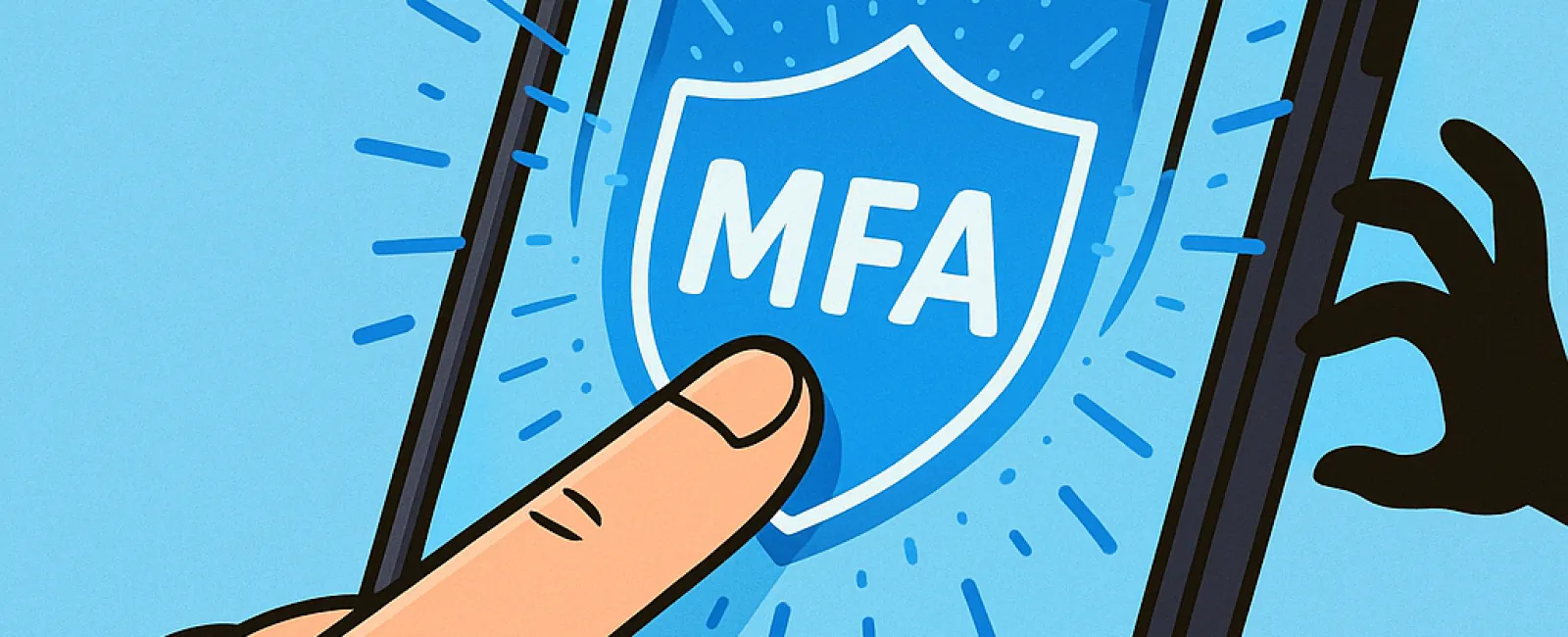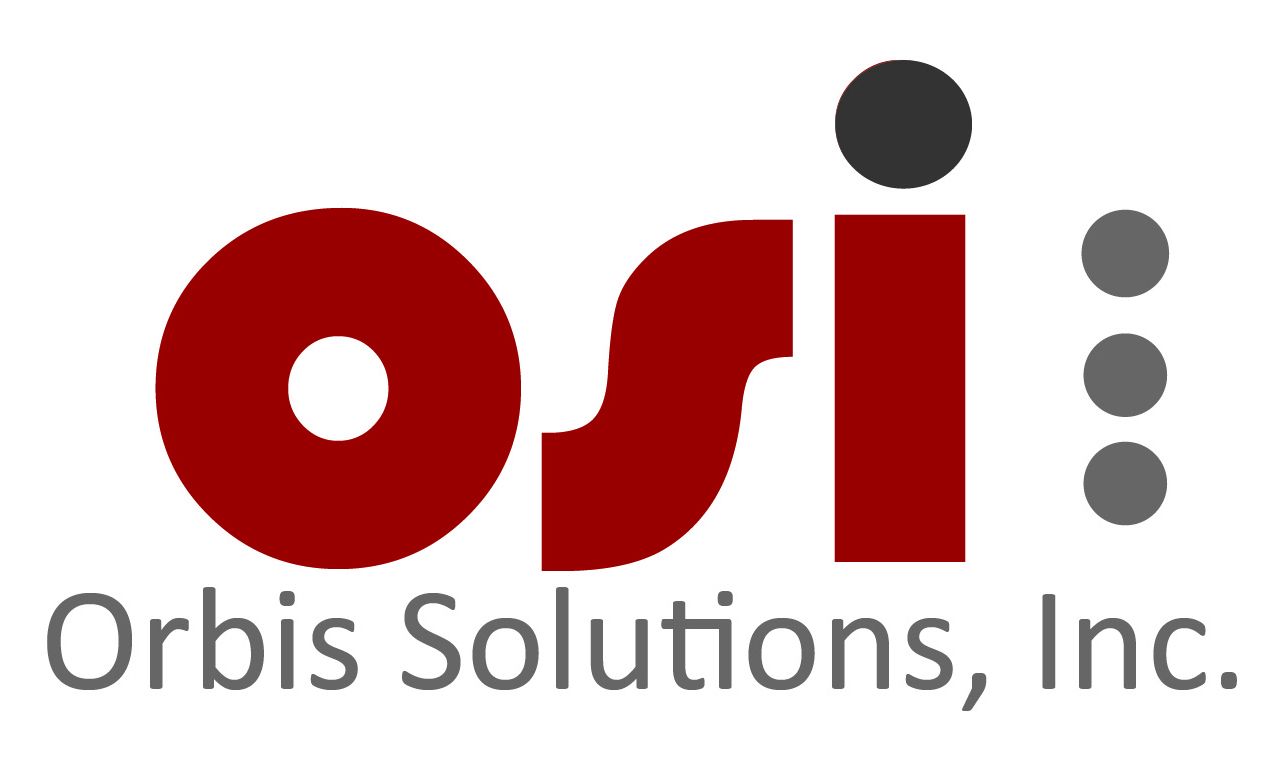October 24, 2025
Just as you wouldn't get behind the wheel without fastening your seat belt or leave your office doors unlocked overnight, you shouldn't browse online without multifactor authentication (MFA).
Think of MFA as a vital second lock on your digital gateway. Instead of depending solely on a password—which can be hacked, guessed, or phished—MFA adds a powerful extra layer of security. This could be a text message code, an authentication app prompt, or a fingerprint scan. Even if someone steals your password, without the second verification step, they'll be blocked cold.
One Simple Step Can Dramatically Enhance Your Security
If your password is like locking your front door for the night, then enabling MFA is like activating your home security system. While not absolutely mandatory, it provides peace of mind by ensuring you stay protected even if one defense fails.
MFA works by inserting a quick, additional verification to confirm your identity during login. Whether it's called "two-step verification," "two-factor authentication," or "one-time password," the principle is the same—multiple layers confirm it's truly you before access to sensitive data is granted.
MFA can take many forms: confirmation emails during account setup, bank security questions, SMS codes, push notifications, or phone calls. Most options are simple and fast, often requiring just a tap or a quick code entry.
How MFA Protects You When It Matters Most
From your perspective, MFA is seamless—just a tap or code entry. But for hackers, it's a major roadblock. If someone attempts unauthorized access to your account, MFA immediately alerts you by sending notifications or a code request, giving you a chance to secure your account before any damage occurs.
It also defeats attempts to use stolen passwords. Even if an employee unknowingly shares login info, the intruder can't get in without that crucial extra step. According to Microsoft, enabling MFA reduces the risk of account compromise by over 99.2%, soaring to 99.99% for accounts with MFA.
Where and How to Activate MFA
Focus on enabling MFA in these key areas:
- Banking and financial apps
- Email and cloud storage services
- Social media platforms
- Work-related logins that handle client or sensitive data
Setting up MFA is usually quick and simple. Most major platforms include built-in MFA options—just choose the method that fits best into your routine. Introducing an authenticator app can also enhance security for employee logins.
In essence, MFA is a fast, cost-free investment that blocks most hacking attempts. Allocating a few minutes today to activate it can save you from lengthy, costly data breaches later.
The easiest path to enabling MFA is through your IT provider. An experienced managed service provider (MSP) can streamline setup and ensure smooth adoption. Need expert cybersecurity guidance? Click here or call us at 702-745-9468 to schedule your 10-Minute Discovery Call with our team now.




